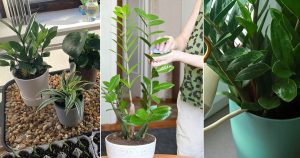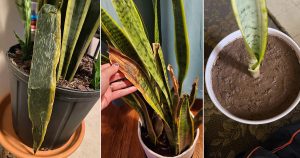How Big Do Succulents Grow? If you are eager to learn about their growth potential for your garden or home, then the answer is here!
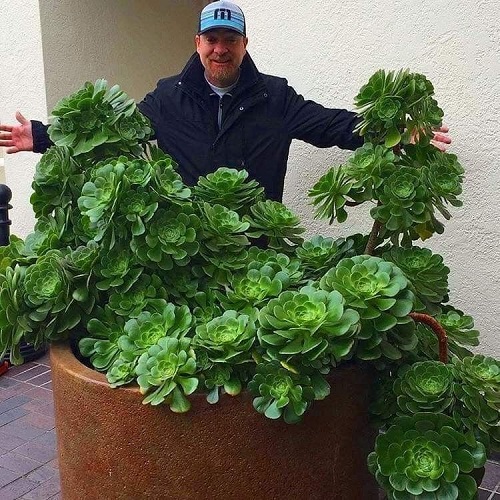
Read here about the factors that influence the size of these resilient beauties so that they achieve their maximum potential and enhance your space with different forms and textures.
How Do Succulents Grow?

Succulents are known for their aesthetic appeal and low-maintenance nature. They grow by storing water in their roots, stems, and leaves, which gives them a thick/fleshy appearance and gives them strength to cope in water-stressed regions.
Additionally, these plants include various families and genera, each with eye-catching beauty and traits Some of them are Cactaceae, Aizoaceae, and Crassulaceae. You can find these commonly growing in people’s homes.
How Big Do Succulents Grow?
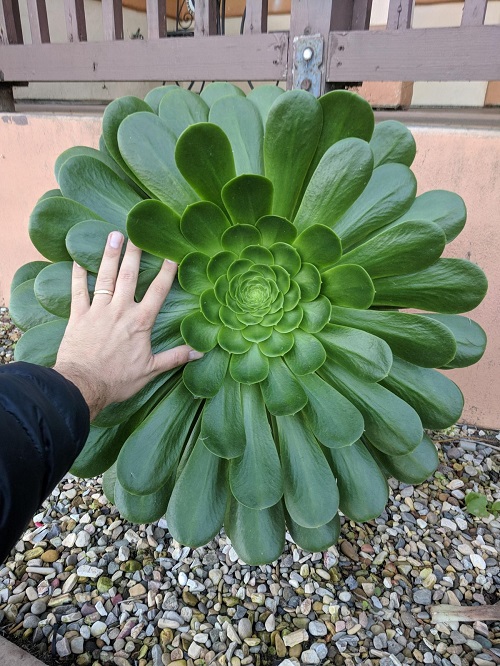
Finding how big succulent plants grow is simple—the size of a succulent is influenced by its species, the environment it’s grown in, and how well it is cared for. Look at the table below containing the succulents according to their size:
| Size | Succulents |
| Small | Lithops and Conophytum can reach only a few inches tall. |
| Middle | Aloe and Agave can range from a few inches to several feet in height depending on the environment. |
| Large | Species, like Agave and Yucca, can grow up to 10 feet, just like a small tree. |
Large Succulents – How Big Do They Grow?
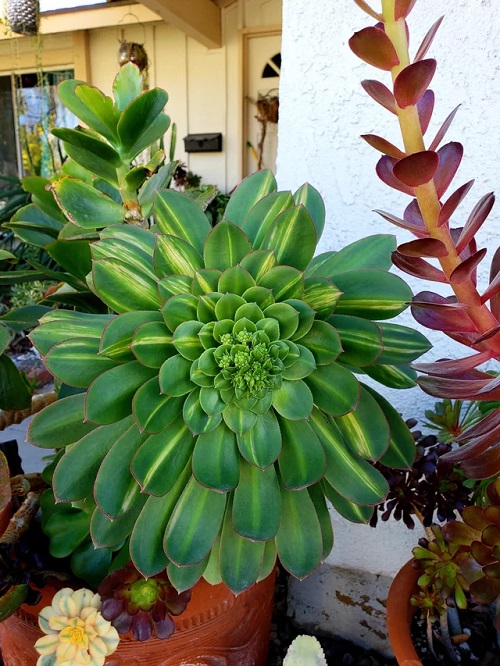
In this section, we will introduce you to some of the categories of the largest-growing succulents based on different patterns like tall, trailing, spreading, and compact.
Tall succulents are more slender in shape and grow upwards than other types, such as Kalanchoe, Snake Plants, Elephant Bush, and cacti. While trailing succulents have long draping vines and look compact. They include Ceropegia Woodii, String of Pearls, String of Turtles, Crassula Calico Kitten, and Senecio succulents.
Plus, the spreading ones are excellent ground covers that form a carpet quickly wherever planted. If you are looking for some for your garden, then Sedum, Sempervivum, Aloe, Agave, and Crassula are the best ones! And for those seeking compact succulents that remain small throughout their lives and fit well in indoor settings, then Haworthia, Gasteria, Lithops Living Stones, Split Rock, and Moonstones Pachyphytum are for them.
How Big Do Succulents Grow Indoors?
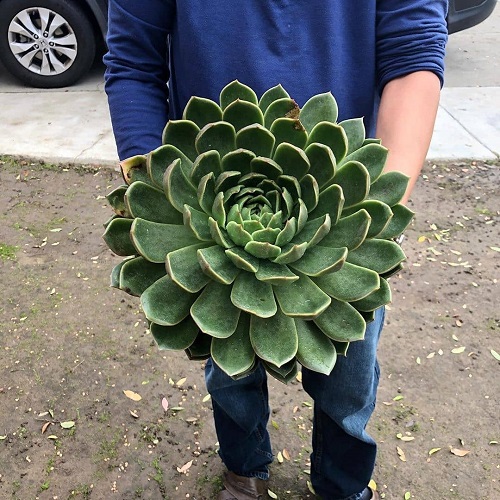
Succulents’ indoor growth size depends primarily on their species. Other factors include the container in which they are kept, the amount of water they are given, and the sunlight they receive.
You can grow different varieties of the Echeveria genus. They are rosette-forming leaf succulents that are generally small and rarely reach a foot wide indoors and require only 4-5 hours of bright, direct sunlight. Plus, some varieties mature to up to 2-24 inches tall and 2-12 inches wide. While growing, make sure to keep them away from low light; they can become leggy there.
How Big Do Succulents Grow Outdoors?
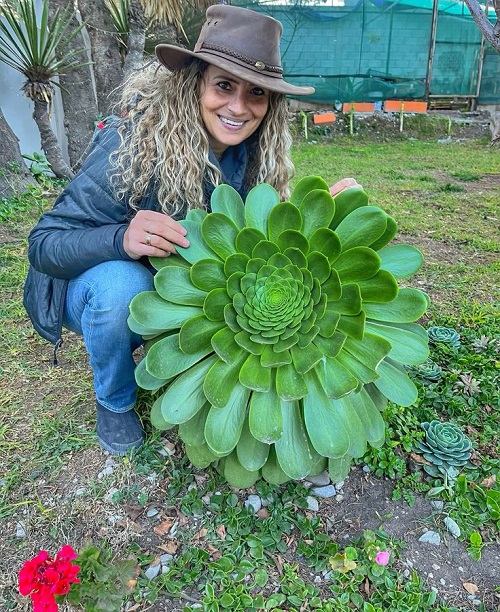
Succulents in their natural habitat grow much larger and taller depending on the space available and natural sunlight. For example, the Century plant (Agave americana) can grow up to 3-6 feet tall and 6-10 feet wide. Also, cacti like the Saguaro (Carnegiea gigantea) from the Sonoran Desert can reach 15-30 feet in 95-100 years. With maturity, they will continue to grow and can reach an impressive height of up to 45 feet tall.
Factors Affecting Succulent Size
There are several factors that influence and hinder the succulent plant’s growth, including:
- Succulent plants thrive in plenty of sunlight and reach their full potential. Conversely, low light can hinder or stop their growth and weaken them.
- Waterlogged soil can cause root rot, which can kill the plant if it persists for a long time. So, well-draining soil is a must for maintaining good health.
- While succulents are drought-tolerant, they need a balanced watering routine to grow well. Allowing the soil to dry out between waterings is ideal. Only water when you feel the top inch of soil is dry.
- The pot size matters; a too-small one can restrict the roots from flourishing well and, subsequently, the overall plant size.
- They prefer warm, dry climates for growing. Extreme cold can damage the plant, limiting its growth or leading to death.



